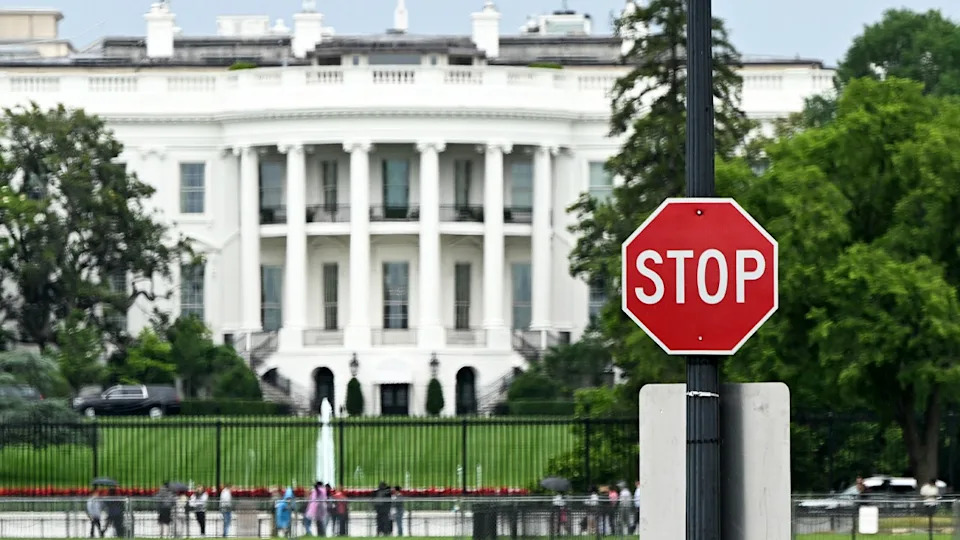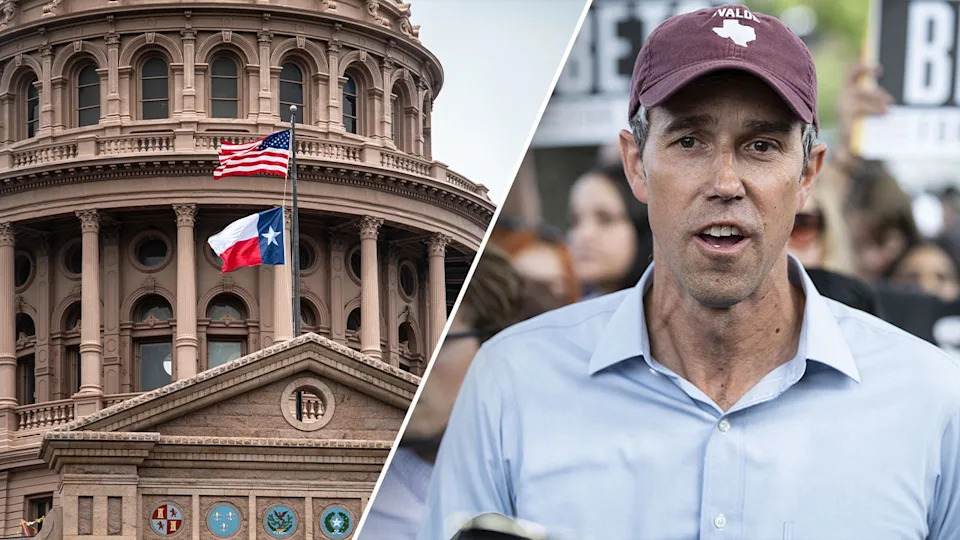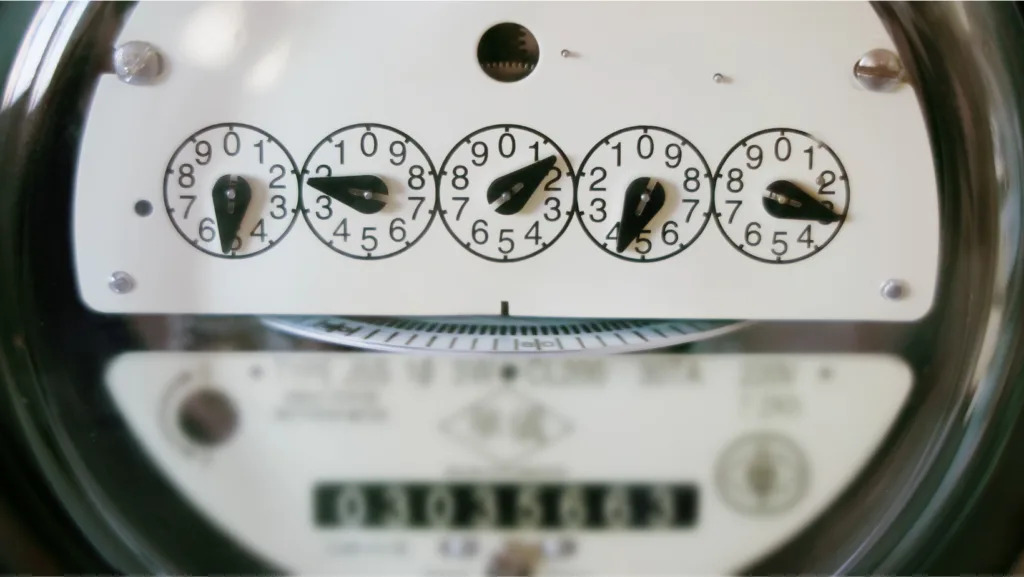Next week, the Florida Public Service Commission is set to hear a request from Florida Power and Light for a gargantuan $8.9 billion rate hike – the biggest in U.S. history – spread out from 2026 to 2029.
That number could rise north of $10 billion if FPL is also granted authority to pass on the costs of bringing its new solar and battery projects online in 2028-29 to customers.
FPL submitted the request back in February and will now present its case for the historic rate increase to the PSC on Aug. 11. The hearing, which will be broadcast live on the PSC website, should last around 10 days, according to Walt Trierweiler, who heads the Office of Public Counsel.
FPL's historic rate hike: FPL customers may be forced to swallow largest utility rate hike in U.S. history
Florida, on average, ranks in the bottom half of the country when comparing the average price of electricity, according to data from the U.S. Energy Information Administration (EIA), but that news offers little solace in the face of repeated jumps in prices since 2020.
Across the U.S., the price of residential electricity has risen from an average of 12.76 cents per kilowatt hour in January 2020 to 17.47 cents, a 31% increase, as of May 2025. Florida saw a 27.6% increase over the same time period, rising from 11.34 cents to 14.98 cents per kilowatt hour.
That’s a substantial increase when compared to the 10 years prior, between 2010 and 2020, where the price of residential energy in the U.S. rose just over 13%.
"Even considering another rate increase is a slap in the face," said Pensacola resident Brandy John, who in 2021 gathered 19,000 signatures on a petition to present to the PSC when FPL took the reins from Gulf Power as Northwest Florida's electricity provider and "prices shot way up."
Here’s what to know about FPL’s historic rate increase.
How much will FPL bills go up under the proposed rate hike?
In its request, FPL provided a look at estimated bills under the rate proposal, which shows its customers throughout the Florida Peninsula seeing a larger increase from their current bill. However, by 2029, all FPL customers would be paying the same rates.
FPL has provided a calculator on its website, FPL.com/answers, that allows residential customers see how the proposal would affect their individual bills.
How much will FPL bills go up in Northwest Florida under the proposed rate hike?
In the Panhandle, vice president and general manager of FPL Northwest Florida J.T. Young expects rates to go up an average of 1% to 5% annually over the next four years, or about 4% to 20%.
The request for the rate increase, submitted in February, would reportedly raise rates in Northwest Florida by about $3.50 for residential customers in 2026 and go up each year until customers are paying about $8.39 a month more by 2029.
This is expected to represent a 20% increase to the residential monthly minimum base bill from its current level of $25 to $30 monthly. The base rate increase would be on top of other costs passed on to customers, such as fuel surcharge increases, nuclear cost recovery, environmental and energy charges, storm hardening and storm restoration recovery charges.
Why is FPL asking for the rate hike?
When it submitted its request back in February, FPL said the request was to help the company deliver reliable electricity and diversify its generation resources to reduce fuel costs and keep bills as low as possible.
Young repeated those talking points in an interview with the News Journal this week.
"We're filing on behalf of our six million customers," he said. "Overall we must be prepared for growth across the state to provide reliable services and make smart investments on behalf of our customers."
In its filing, FPL says it plans to use the extra revenue to "make investments in low-cost solar and battery storage technology to complement its existing power plant fleet," which it says will protect customers from fuel price volatility.
FPL credited modernizing its power plant fleet as a cost-efficient investment that has saved customers about $2.9 billion per year (about $24 per month on a typical 1,000-kWh residential customer bill) compared to an average-performing utility.
What happens next?
A legal proceeding to consider the rate hike goes before the Public Service Commission Aug. 11 and should last about 10 days "if everything moves along at an efficient clip," said Walt Trierweiler, who since 2023 has headed the Office of Public Counsel, an agency created by the Florida Legislature to provide legal representation to consumers in utility related matters.
The hearing will be broadcast live on the PSC's website.
"It's easily the most complex rate case that's ever been filed," Trierweiler said of next week's hearing. "Our part is not only trying to bring the bill down from $9.8 billion but also protecting customers from future changes, risks and unintentional consequences."
How likely is FPL’s historic rate hike to pass?
FPL will bring a decidedly lopsided win-loss record into next week's fight. Since 2010, when the Florida Legislature reacted to a PSC rejection of a company request for a rate hike by tossing out several sitting commissioners and installing more pliable board members, FPL has typically gotten all, or at least most, of what it has wanted.
The Miami Herald reported in 2021 that FPL had emerged victorious from every major case it brought before the commission between 2012 and 2017. And in 2021 the company won a $4.868 billion base rate increase for a four-year period running through this year.
This article originally appeared on Palm Beach Post: FPL rate hike would be largest in history. How much it would cost you







Comments